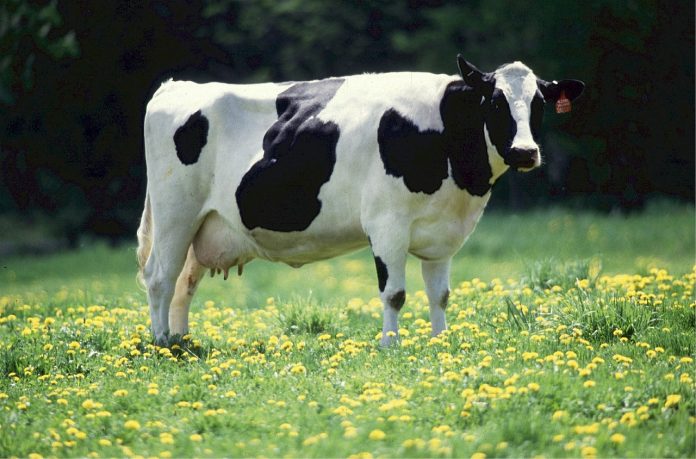A lot of variables can play a role for increased milk production in a farm. For instance, nutrition, genetics, proper management and adequate facilities, but one thing is certain, to be able to produce milk, cows have to become mothers.
In May, we celebrate Mother’s Day, and I can’t stop thinking how grateful we should be to these four-legged moms.
Cows deserve our respect every single day, and I know our dairy producers feel the same way.
Recognition that animal well-being is an important issue was acknowledged a long time ago. In the late 1960s, the first guidelines stated simply that animals could “stand up, lie down, turn around, groom themselves and stretch their limbs.”
Five Freedoms
This was established in the UK and was the reference point to develop the Five Freedoms, an attempt to outline five aspects of the well-being of animals is still been used today.
Those can be summarized as follows:
1. Freedom from thirst, hunger and malnutrition — always have access to fresh water and a diet to maintain health and vigor.
- -If there are enough drinkable and easily accessible drinking fountains;
- -If water is available at all times and of good quality;
- -Is the diet balanced considering the animal’s life stage and demands?
2. Freedom from discomfort — provide a suitable environment including shelter and a comfortable resting area.
- Does the feeding area have properly sized troughs, without causing a dispute and accumulation of mud and dung?
- Do the management facilities have a cooling system or sun protection for the animals during times of exposure to thermal stress?
- Do the food and accommodation areas have shade correctly sized for the number of animals without accumulation of mud and manure?
- Does the farm have enough stalls of an adequate size and suitable for the number of animals?
3. Freedom from pain, injury and disease — prevention, rapid diagnosis and treatment of diseases.
- Is the area of locomotion, handling, housing or grazing free of irregularities and an absence of debris or obstacles?
- Are animals with serious locomotor problems kept in the herd?
- Is there prevention and control practices for diseases such as mastitis for instance in the property?
- Is there a method of control for ticks, flies and others parasites?
4. Freedom to express normal behavior — provide sufficient space, proper facilities and company of the animals kind.
- Do animals have the freedom of movement during the day?
5. Freedom from fear and distress — ensure conditions that avoid stress.
- Are cows taken to milking in a calm and orderly manner?
- Is milking carried out calmly, without yelling or violence to animals?
- Is the milking parlor designed to facilitate handling and movement of animals?
- Are there any pointed or sharp objects being used on the animals?
All of these questions (and many others not mentioned above), if not put into practice, would have detrimental effects on production, reproduction and animal health. Producers of all sizes and different systems are able to adopt practices that promote well-being.
The economic benefit of implementing good animal welfare practices is essential, but the main objective is to respect the cows as much as we would respect our mothers.













